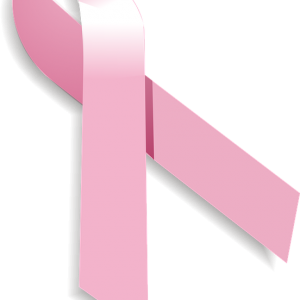
Cancer. Just the word can bring chills to those that know what it’s like to battle this relentless disease. You wouldn’t wish it upon anyone. But what happens when a child gets diagnosed with cancer? Should hair loss be an expected side effect of treatment?
Treatment, such as chemotherapy, can be an option for children diagnosed with cancer. For parents, the decision to treat their child can be influenced by many factors such as family members, the cost of treatment and length of hospitalization1. Additionally, there are also many side effects that need to be considered such as hair loss. Hair loss is a common side effect of cancer treatments and has been reported in 80% of children treated with chemotherapy (n=51)2,3. Hairs in the anagen (growth) phase are commonly lost during chemotherapy. Chemotherapy-induced alopecia is reversible, with re-growth typically occurring within a few months after treatment.
It has been found that parents, on average, don’t ask their child’s oncologists about the possibility of hair loss, with only 26% of parents seeking information on side-effects (n=40)2. Chemotherapy-induced alopecia can be difficult to deal with and can discourage children from playing with friends or playing outdoors4. Alopecia has also led to bullying at school4. Preparing for the possibility of hair loss through educating both your child and their classmates is a good first step in the preparation process. Purchasing a hat for your child before treatment can also help as hats are a common and affordable strategy to hide temporary hair loss4. Purchasing a hair system can also be another way to help build your child’s confidence as they wait for their hair to grow back.
Resources, strategies to hide hair loss and further information on chemotherapy-induced alopecia in children can be found through support groups, other parents on your cancer ward as well as your oncologist5.
Article by: Sarah Versteeg MSc, Mediprobe Research Inc.
- Mostert S, Njuguna F, Langat SC, Slot AJM, Skiles J, Sitaresmi MN, et al. Two overlooked contributors to abandonment of childhood cancer treatment in Kenya: parents’ social network and experiences with hospital retention policies. Psychooncology. 2014 Jun;23(6):700–7.
- Gunawan S, Wolters E, van Dongen J, van de Ven P, Sitaresmi M, Veerman A, et al. Parents’ and health-care providers’ perspectives on side- effects of childhood cancer treatment in Indonesia. Asian Pac J Cancer Prev APJCP. 2014;15(8):3593–9.
- Sitaresmi MN, Mostert S, Purwanto I, Gundy CM, Sutaryo null, Veerman AJP. Chemotherapy-related side effects in childhood acute lymphoblastic leukemia in Indonesia: parental perceptions. J Pediatr Oncol Nurs Off J Assoc Pediatr Oncol Nurses. 2009 Aug;26(4):198–207.
- Gunawan S, Broeke CT, Ven P van de, Arnoldussen M, Kaspers G, Mostert S. Parental Experiences with Chemotherapy-Induced Alopecia among Childhood Cancer Patients in Indonesia. Asian Pac J Cancer Prev APJCP. 2016;17(4):1717–23.
- Njuguna F, Mostert S, Seijffert A, Musimbi J, Langat S, van der Burgt RHM, et al. Parental experiences of childhood cancer treatment in Kenya. Support Care Cancer Off J Multinatl Assoc Support Care Cancer. 2015 May;23(5):1251–9.












